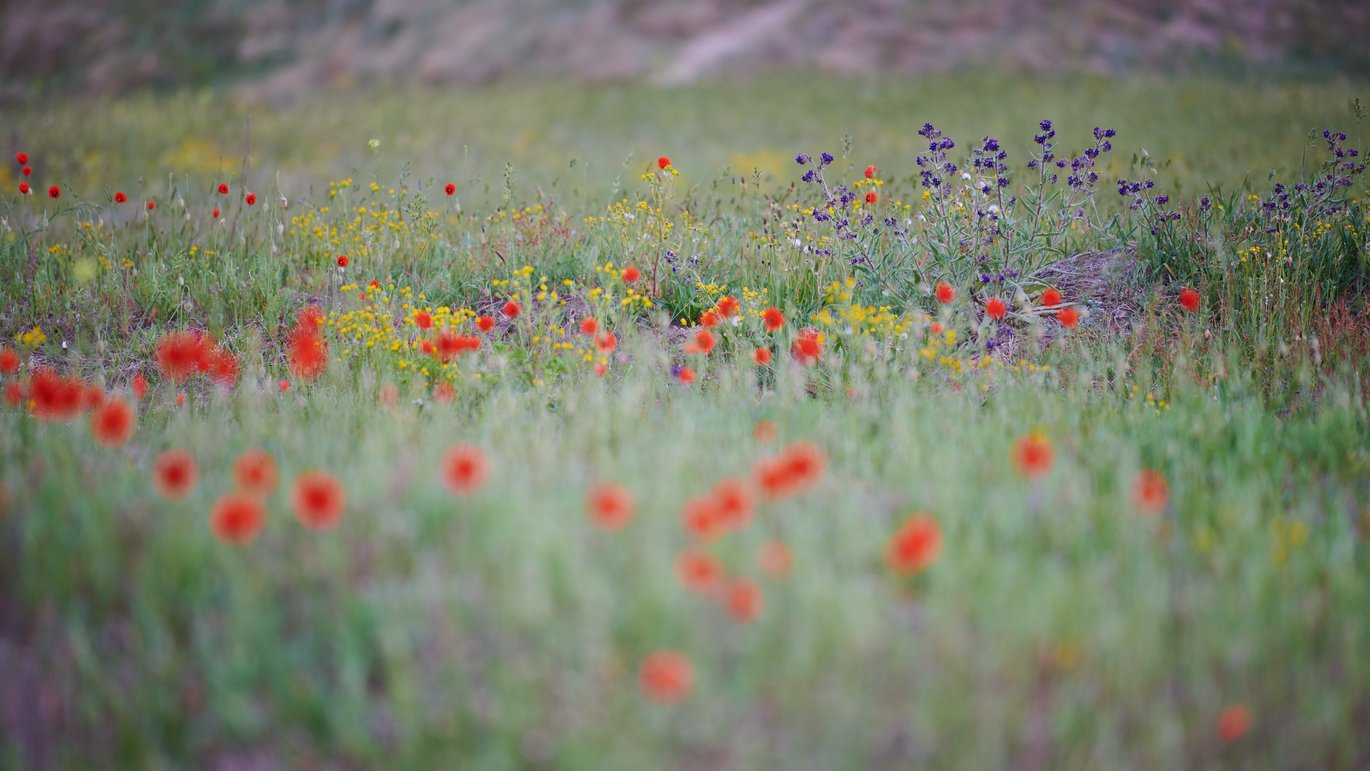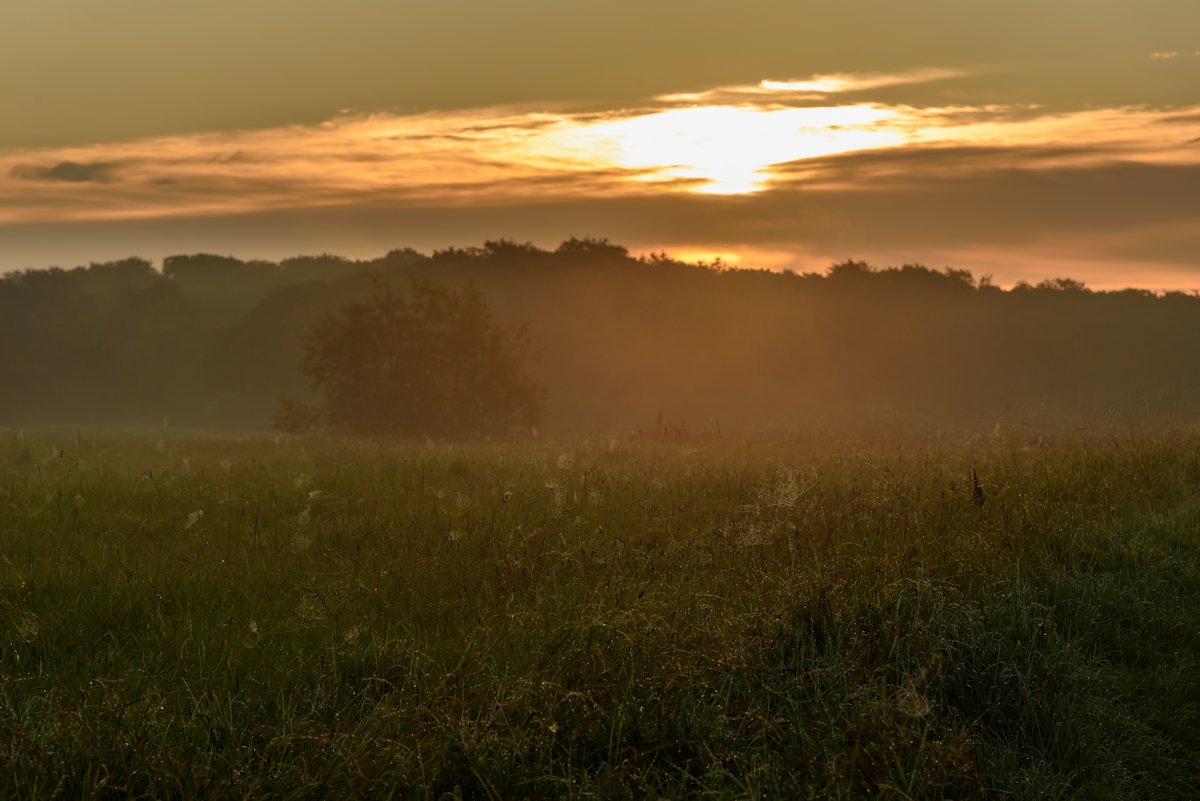Nature is behaving strangely and researchers don’t know why
Ecological theory and experience tells us that plants on meadows and pastures across Denmark should be dispersing heavier seeds. But they are doing the exact opposite.

Nature slowly begins to change if meadows and grasslands are allowed to grow wild without human interference or grazing animals.
Weeds do well with disturbance from cows and sheep that graze and tramp on the soil, for example. However, weeds have a harder time if there is no disturbance, and other plants then begin to take their place. The competition for sunlight and good soil increases.
Theoretically, when competition between plants increases, the plants that disperse heavy seeds and produce large, thin leaves usually have the advantage. But reality does not follow theory. At least not in Danish nature - and that is baffling to Christian Frølund Damgaard, professor at the Department of Ecoscience, who is behind the new results.
“Heavy seeds give a competitive advantage in environments where plants struggle for resources. Heavy seeds are loaded with a large ‘lunchbox’ and can survive in the shade for a period. Light seeds, on the other hand, will perish more quickly.
Thin leaves will have a competitive advantage because plants can replace old leaves with new ones without expending a large amount of energy. And the new leaves will be in a better position to absorb sunlight.”
However, when Christian Frølund Damgaard looks at the data from nature, they tell a different story.
“As competition increases in these areas, seed size should also increase and leaves should become thinner. But the opposite is happening - and I simply can't see why,” he says.
236 Danish natural areas studied
Although Christian Frølund Damgaard is a biologist, he mostly works with statistics and large data sets. And that is exactly what he did when he discovered that nature is not behaving as the textbooks predict.
After combining data from 8,859 samples collected from 236 different meadows and pastures in Denmark, he began to see some clear trends: There are fewer weeds, but also fewer plants with large seeds and thin leaves.
Weed species are declining. This might be because there is less grazing in the areas. But this also means that plants that disperse heavy seeds should increase. But they’re not. And neither are plants with thin leaves, even though that should be a natural development.
“It's a mystery. There's something going on here that we just don't understand.”
Learning more by prodding a stick into the ground
The large amount of data used in the study stems from the NOVANA reports. NOVANA is an abbreviation for its Danish title Det Nationale Program for Overvågning af VAndmiljøet og NAturenthe Nation (the national program for monitoring the water environment and nature). Every year, the Danish Environmental Protection Agency publishes a NOVANA report on the state of nature in Denmark.
The report is based on more than 250,000 data collections at more than 35,000 stations across Denmark. Some of the sites are sampled 24 times a year, while other sites are only visited once every five years.
The data that Christian Frølund Damgaard used from the reports is coverage data collected using the pinpoint method. The pinpoint method involves a researcher pushing a stick into vegetation and recording the number of times the stick touches different plants. This is repeated at a number of points within the area to get a representative sample of the plants that grow there.
Sources: The Environmental Protection Agency and Christian Frølund Damgaard
Ecosystems are very difficult to understand
It may sound strange that a researcher has difficulty explaining what is going on. But it confirms just how complex nature really is, explains Christian Frølund Damgaard.
“There are so many things we don’t understand about ecosystems. They’re incredibly complex. Nature seems to change quite slowly, and there can be many reasons for this.”
Christian Frølund Damgaard does not think there is only one explanation for why nature is changing and acting completely opposite to the way predicted by theory.
“There can be many different reasons. The climate is changing. We’re getting more rainfall. The number of ecological niches is increasing. The areas may be experiencing less grazing and receiving less nitrogen than before. All of this contributes to a change in the composition of species.
But we may well be able to find an explanation for why plants are behaving the way they are. It’ll just require carrying out some manipulated experiments to test different possible explanations for nature's behaviour,” he concludes.
About the research
Type of study:
Statistical model
External funding:
The study has not received any external funding.
Conflicts of interest:
The researchers declare that there are no conflicts of interest in connection with this research.
Link to scientific articles:
This article is based on the results of three scientific articles:
- Decline in large-seeded species in Danish grasslands over an eight-year period
- Selection against ruderals in Danish grasslands over an eight-year period
- Indication of a reduction in the cover of thin-leaved plants in Danish grasslands over an eight-year period
Contact information:
Christian Frølund Damgaard
Professor at the Department of Ecoscience - Terrestrial Ecology
Email: cfd@ecos.au.dk
Phone: +45 30 18 31 53
Jeppe Kyhne Knudsen
Journalist and science communicator
Email: jkk@au.dk
Phone: +45 93 50 81 48

